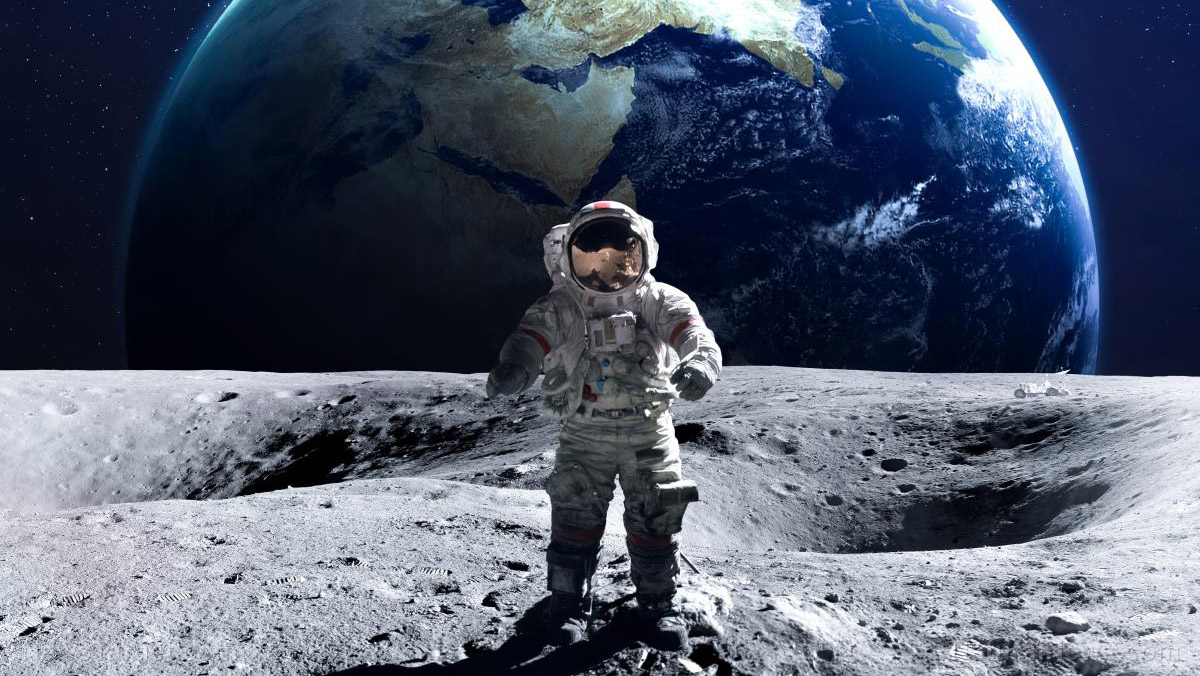09/22/2015 / By spacenews
Moon planting (also called moon gardening) is a holistic form of gardening in which the gardener plants his or her vegetables and flowers in accordance with moon phases. It has origins in ancient times, possibly in Babylon or Egypt, when man ascertained the time of day by consulting the stars, moon, and sun. The essence of moon planting is that different plants seem to grow better when they are planted during different moon phases, since the moon phases affect the rising and falling of water – including moisture in the ground and in the plants – through its magnetic pull.
Basic principles
According to moon planters, when water rises during the waxing or increasing moon, any seeds sown (or crops planted) by the gardener or farmer can absorb water more easily than those that are sown during a waning or decreasing moon. Therefore, a gardener should plant crops that prefer dry conditions during the waning phase, and plant crops that prefer wet conditions (or need lots of watering) during the waxing phase. In simpler terms, fluids are drawn upwards during a waxing or increasing phase, whereas fluids flow to the root systems (i.e. flow down) during the waning or decreasing phase.
With these principles in mind, moon planters should do the following after a new moon:
1) Plant leafy or shallow root crops during the first or second quarter increasing.
2) Plant trees and other tough-rooted systems during third quarter decreasing.
3) Save the fourth quarter decreasing for weeding, pest extermination, soil preparation, cultivation of existing plants, starting worm farms, and starting compost heaps.
In the event of a lunar eclipse, it is best to leave your garden alone until the eclipse ends.
Does moon planting work?
No one really knows whether moon planting works because few people have attempted to study it under scientific conditions. However, we can make a few logical conclusions about its efficacy based on our current understanding of the moon. For example, we know that the moon’s gravitational pull affects the water levels on Earth; not just the tides and other large bodies of water, but all water levels. It even affects women’s menstrual levels.
Therefore, since plant bodies (like human bodies) contain a huge amount of water, it is almost certain that moon phases will affect their water levels. However, the real question is whether moon phases affect small organisms like plants significantly enough to justify the minor inconvenience of gardening in accordance with them. Ultimately, this is an issue that only prospective moon planters themselves can determine.
Sources for this article include:
http://www.users.on.net/~arachne/moon.html
http://backyardbiodynamics.com/?p=126
http://www.lunarorganics.com/moon_gardening_principles.html
About the author:
Michael Ravensthorpe is an independent writer whose research interests include nutrition, alternative medicine, and bushcraft. He is the creator of the website, Spiritfoods, through which he promotes the world’s healthiest foods.
















